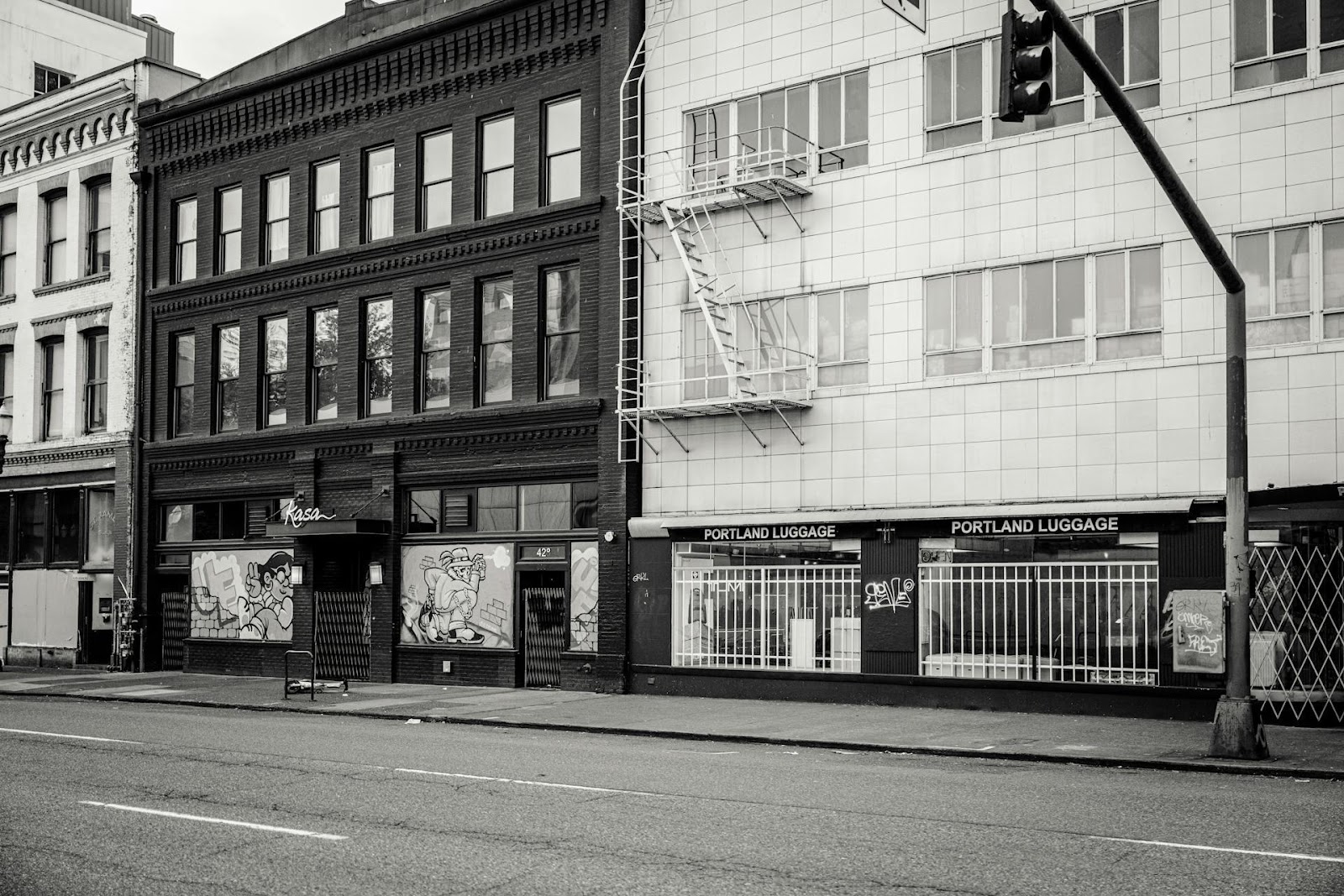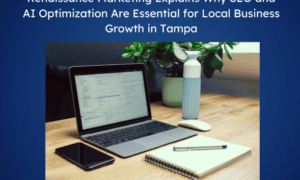The real estate market in Oregon is experiencing a dynamic phase, reflecting broader national trends while also responding to unique local factors. From urban hubs like Portland to smaller cities such as Bend and Eugene, Oregon’s housing market continues to evolve due to shifting demand, affordability concerns, and economic conditions. For more insights, listings, and updates on the Oregon real estate market, visit https://realestate.visitoregon.com. Whether you’re a potential buyer, seller, or investor, understanding what’s happening in the Oregon real estate market can help you make smarter decisions.
Current Market Overview (2025)
As of early 2025, Oregon’s real estate market is showing moderate growth, characterized by stabilizing home prices, persistent demand in certain regions, and continued challenges with housing inventory. While the market has cooled slightly from its pandemic-driven surge, activity remains healthy in many areas.
Key trends include:
- Rising Inventory: After years of limited housing supply, Oregon is beginning to see a slight increase in listings, particularly in the suburban and rural areas. This is giving buyers more choices and reducing some of the pressure that previously led to bidding wars.
- Moderate Price Growth: Home prices across Oregon are growing at a slower, more sustainable pace compared to the rapid escalation seen in 2020–2022.
- Higher Mortgage Rates: Interest rates have settled somewhat but remain higher than pre-2020 levels, influencing affordability and buyer behaviour.
- Strong Demand in Smaller Cities: Cities like Bend, Medford, and Salem continue to attract buyers seeking more space and lifestyle amenities at relatively lower prices than Portland.
Portland: Stabilizing After a Wild Ride
Portland, Oregon’s largest metro area, has experienced significant ups and downs over the past few years. In 2021 and 2022, prices surged due to low inventory and high demand. However, by 2023–2024, the market corrected slightly as interest rates increased and some buyers were priced out.
- Home Prices: In 2025, Portland’s median home price is holding steady, with modest year-over-year increases of 2–4%.
- Market Activity: Homes are taking slightly longer to sell—averaging 30 to 45 days on market, but well-priced, move-in-ready properties still sell quickly.
- Popular Neighborhoods: Inner Southeast, Alberta, and Sellwood-Moreland remain sought after, while suburbs like Beaverton and Hillsboro are attracting tech professionals.
Bend and Central Oregon: Still a Hot Spot
Bend continues to be one of Oregon’s fastest-growing real estate markets. Its lifestyle appeal, outdoor recreation, and relative affordability (compared to the West Coast cities) make it a magnet for remote workers and retirees.
- Low Inventory: Supply remains tight in Bend, keeping prices elevated.
- New Construction: Builders are responding to demand, but labour and land constraints slow the pace.
- Rental Market: Strong short-term rental demand makes Bend attractive to investors.
Eugene and Southern Oregon: Growth with Affordability
Eugene offers a mix of affordability and liveability, with a strong rental market driven by the University of Oregon. Medford and other Southern Oregon communities continue to attract out-of-state buyers seeking value.
- Eugene: Steady growth in home values, with median prices rising around 4% year-over-year.
- Medford: Benefiting from retirees and California transplants, with moderate but steady demand.
Rural and Coastal Markets: Gaining Interest
Smaller towns and coastal areas like Astoria, Florence, and Newport have gained traction with buyers looking for vacation homes or remote living options. These markets saw increased demand during the pandemic and have held onto much of that momentum into 2025.
- Coastal Properties: Limited supply keeps prices high, but the market remains relatively stable.
- Remote Work Influence: Continued work-from-home flexibility fuels interest in rural and scenic areas.
Challenges Facing the Oregon Housing Market
While the market remains active, Oregon faces several key challenges:
- Affordability: High home prices combined with elevated interest rates continue to put pressure on first-time buyers.
- Homelessness and Housing Policy: The state is grappling with housing accessibility and homelessness, prompting state and local governments to consider zoning changes and new development incentives.
- Construction Delays: Permitting backlogs, labour shortages, and rising material costs are slowing the pace of new housing development.
Future Outlook
The Oregon real estate market in 2025 is likely to remain relatively stable, with gradual price increases and more balanced conditions between buyers and sellers. If mortgage rates decline later in the year, buyer demand could rebound further, especially in suburban and mid-sized markets.
Experts suggest that the state needs a long-term strategy to address supply shortages, particularly in affordable and workforce housing. Continued investment in infrastructure, transit, and zoning reform will also play a role in shaping the market’s future.
In summary, the Oregon real estate market is in a transitional phase. While it’s no longer the frenzied seller’s market of 2020–2021, it remains competitive in many areas, with signs of resilience and adaptability. Whether you’re buying a home in Portland, investing in a vacation property in Bend, or exploring coastal living, staying informed about local trends is essential.



































